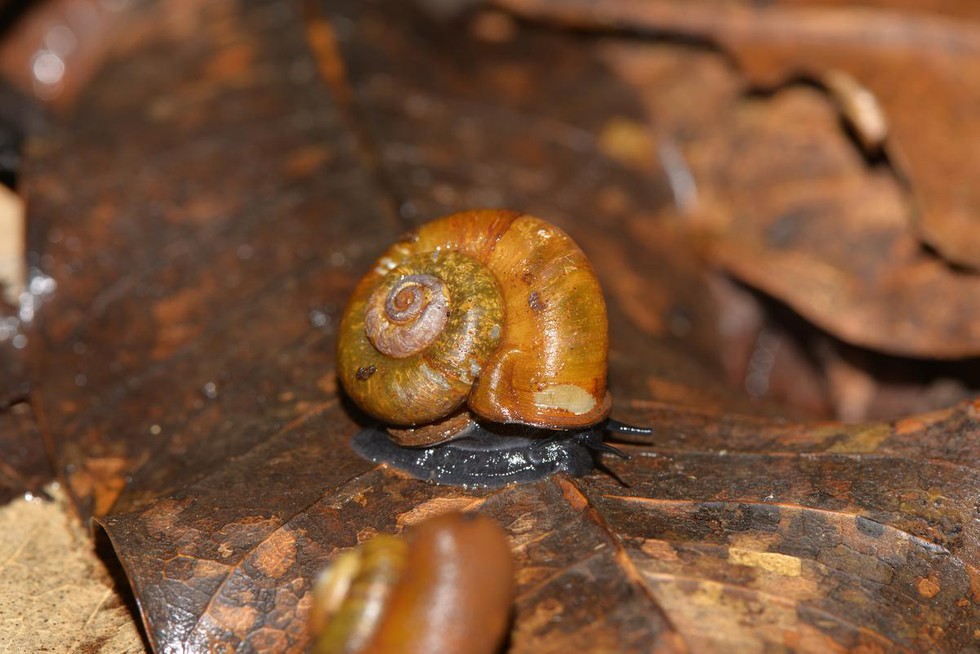
Theobaldius konkanensis

10.04.2025
Theobaldius konkanensis
|
For Prelims: About Theobaldius konkanensis |
Why in the news?
A team of researchers from India and the U.K. recently discovered a species of land snail from the Konkan region of Maharashtra and named it, ‘Theobaldius konkanensis’.
About Theobaldius konkanensis:
- It is a new species of land snail discovered from the Konkan region of Maharashtra.
- It is endemic to the northern Western Ghats.
- The species was principally found in tropical evergreen and semi-evergreen forests.
- The live specimens were found on the forest floor in leaf litter and on damp fallen branches from June to September, and at other times of the year only shells were observed.
Features of the Theobaldius konkanensis:
- It is active during the day and night, with live individuals being easily found in the afternoon in well-shaded places under the forest canopy.
- It co-occurs with other ground-living land-snail genera.
- It is unique for its slightly flattened shell and raised centre.
- Also near the snail’s neck, where the shell begins, a triangular-shaped outline of the shell is jutting out, and the protective cover has a raised edge and tiny spines.
- The shell is corneous yellow with brown striations, and the body is stout and rounded.
Source: The Hindu
Consider the following statements regarding Theobaldius konkanensis, recently seen in the news:
Statement-I: It is a new species of venomous snake.
Statement-II: It is endemic to the northern Western Ghats.
Which one of the following is correct in respect of the above statements?
A.Both Statement-I and Statement-II are correct, and Statement-II is the correct explanation for Statement-I.
B.Both Statement-I and Statement-II are correct, and Statement-II is not the correct explanation for Statement-I.
C.Statement-I is correct, but Statement-II is incorrect.
D.Statement-I is incorrect, but Statement-II is correct.
Answer D